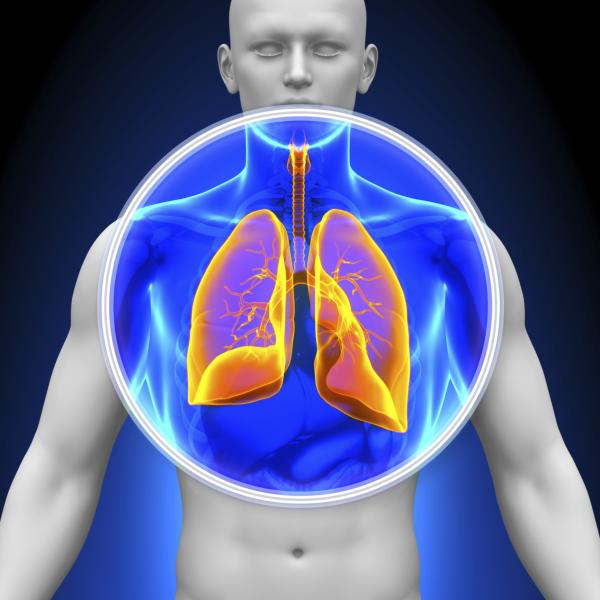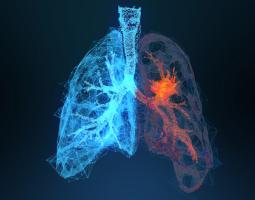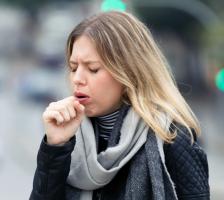
As you breath in your lungs fill with air and then empty as you breathe out. This process happens so automatically that most of the time you aren’t even aware of it, but when lower respiratory disease makes breathing difficult, just taking a single breath can be a struggle.
About five percent of the population have problems that interfere with their ability to breathe. In fact, two of the leading causes of death in the US involve problems with the lungs. Chronic lower respiratory diseases are the fourth leading cause of death and pneumonia is the ninth leading cause of death.
Symptoms of lower respiratory disease include shortness of breath, chest pain and tightness, wheezing, chronic dry cough, and excessive mucus production. If you frequently have any of these symptoms, you should consult with a doctor to obtain a proper diagnosis. At the same time, be aware that although many medical treatments will ease symptoms they may do little to restore your lungs to a healthy state.
In this issue of Sunshine Sharing we’ll teach you some of the things you can do to heal your lungs and breathe easier. We’ll start by providing some basic information on how the lungs work and follow this with three basic suggestions for keeping your lungs healthy before covering various lower respiratory diseases and the natural remedies that can be helpful for them.
The Breath of Life
When you inhale, air enters your nose and/or mouth and travels down the throat to the trachea and then into the two bronchial passages that lead to the lungs. The bronchial passages are like the trunks of an upside-down tree with branches that divide into smaller and smaller tubes called bronchioles. These bronchioles end in tiny air sacks called alveoli. Each alveoli is surrounded by a blood capillary, allowing the exchange of oxygen and carbon dioxide to take place.
The alveoli are elastic, like tiny air balloons. Their spongy texture allows them to expand and contract as the diaphragm and rib muscles alter the size of the chest cavity. As the diaphragm contracts downward and the chest expands outward, they inflate. As the diaphragm and chest muscles relax, the alveoli contract, pushing air out of the lungs.
Since the air you breathe can contain dust, pollen, bacteria, viruses, and other debris, the membranes lining the bronchioles secrete a thin, watery substance called mucus, which coats and protects them. Mucus traps irritants and cilia, tiny hair-like projections, sweep the mucus to the top of the trachea where it is swallowed into the esophagus.
Additional Resources
Strategies for Health by Steven Horne
Correcting a Hiatal Hernia - https://stevenhorne.com/article/Correcting-a-Hiatal-Hernia
Natural Remedies for Emphysema and COPD by Robert J. Green, Jr., ND
Breathe Free: Nutritional and Herbal Care for Your Respiratory System by Daniel Gagnon and Amadea Morningstar
Become a Member
Steven Horne's monthly member program is a way for you to get great information about herbs and natural healing to build your herbal business. Including the ability to share issues of Sunshine Sharing like this one. Click here to learn more.

